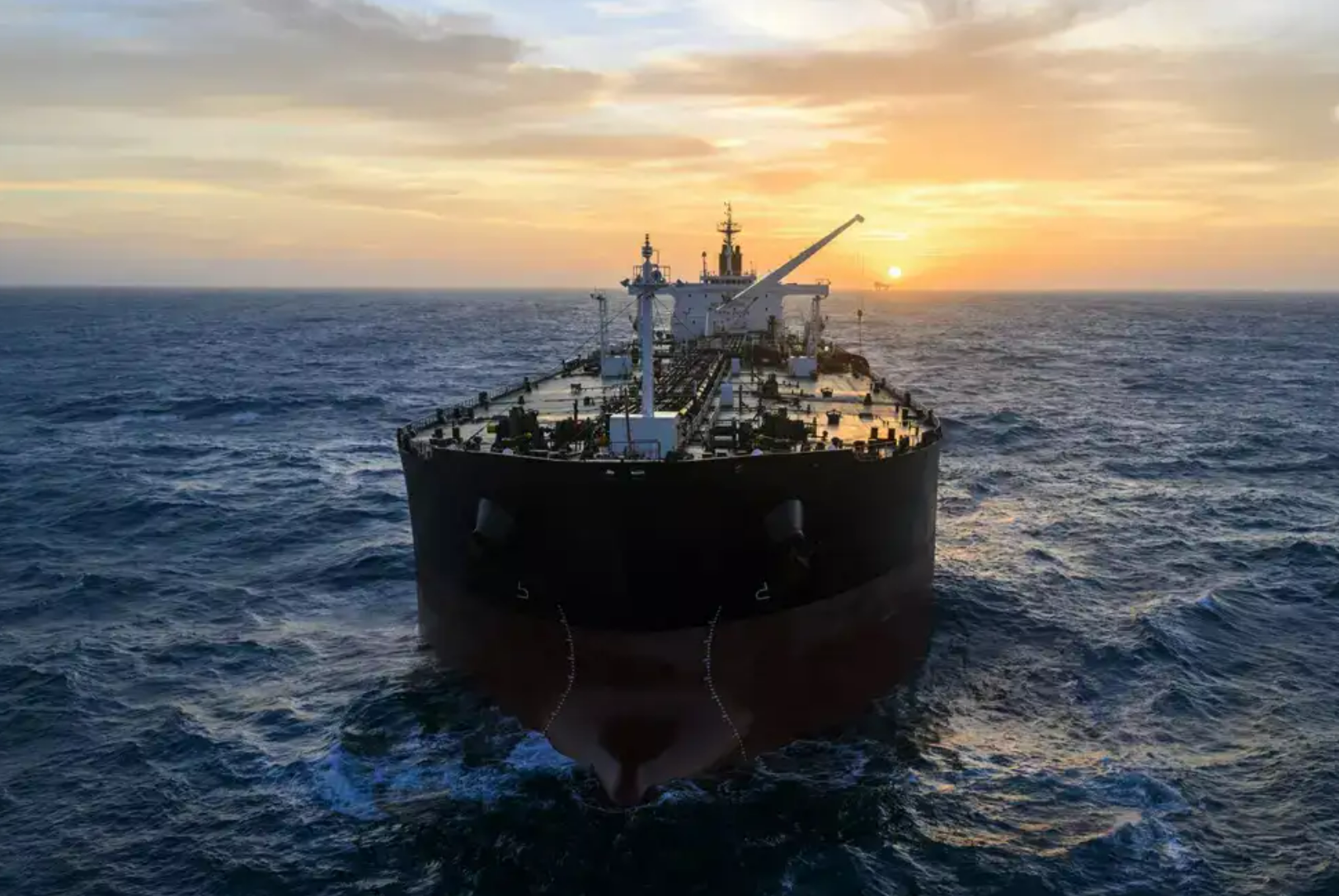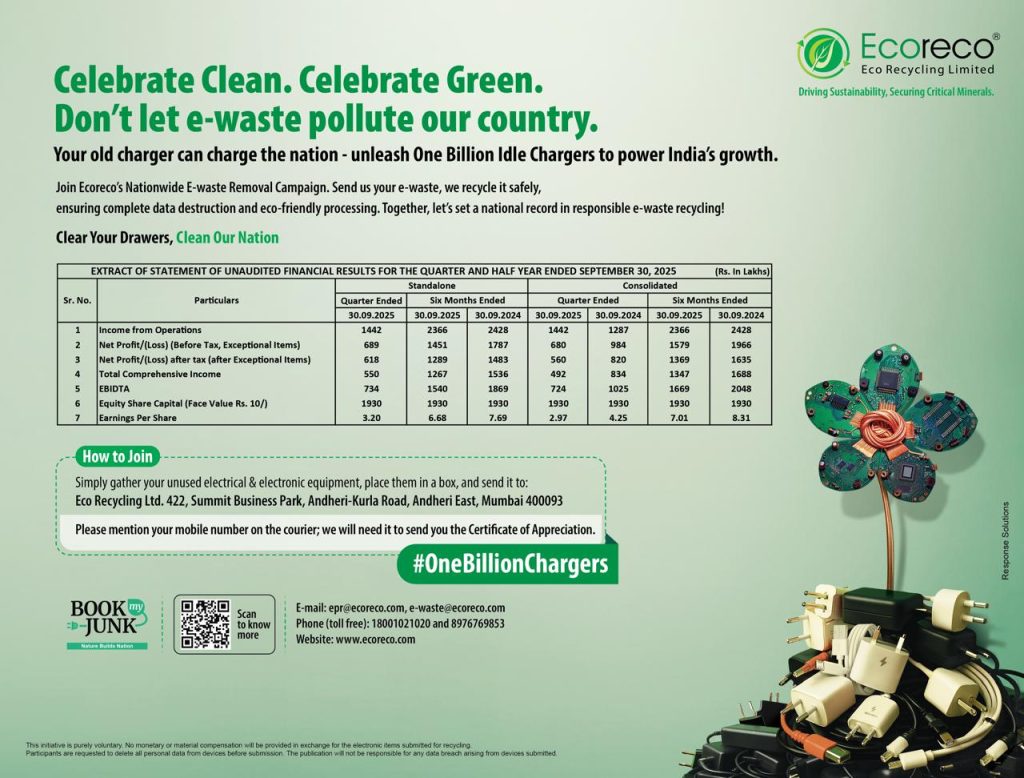India is set to invest US$ 10 billion (around ₹85,000 crore) to build a fleet of 112 crude-oil tankers domestically by 2040, as part of a bold push under its “Atmanirbhar Bharat” (self-reliant India) strategy.
What’s Driving the Move
- Energy Security: India currently imports a large share of its oil and leases many aging tankers. By owning vessels built in India, it hopes to reduce dependence on foreign shipping fleets.
- Fleet Modernization: The plan calls for 79 new ships in its first phase, including 30 medium-range tankers.
- Indigenous Shipbuilding: Only ships built in Indian shipyards will be considered—even if done in partnership with global players.
- Long-Term Vision: India aims to raise the share of locally built tankers from 5% today to 7% by 2030, and up to 69% by 2047.
- Industry Push: To support this, the government has set up a Maritime Development Fund to incentivize domestic shipbuilders.
Key Challenges & Risks
- High Capital Requirement: $10 billion is a massive bet, and the success depends on consistent long-term funding, shipyard capacity, and demand.
- Shipbuilding Capability: India’s shipbuilding industry is still scaling up; matching global standards (in cost and quality) will be difficult.
- Global Cost Pressure: Tanker rates are volatile. If global rates soften, the economic case for owning vs chartering could weaken.
- Execution Risk: Building, financing, and operating this fleet over 15+ years will require strong coordination across the petroleum, shipping, and industrial sectors.
Why It Matters
- Strategic Autonomy: A domestic tanker fleet could give India more control over its energy supply chain, especially during geopolitical disruptions.
- Economic Growth: Boosting shipbuilding could generate jobs, stimulate investment, and contribute to industrial development.
- Long-Term Sustainability: If successful, the plan could help India decouple from expensive chartering costs and build a fleet suited to its own energy-trade needs.
India’s tanker-fleet ambition is bold and strategically sound, but not without real risks. It’s a bet on self-reliance—one that could reshape its energy logistics if executed well, or become a financial burden if things don’t go as planned.





Leave A Comment